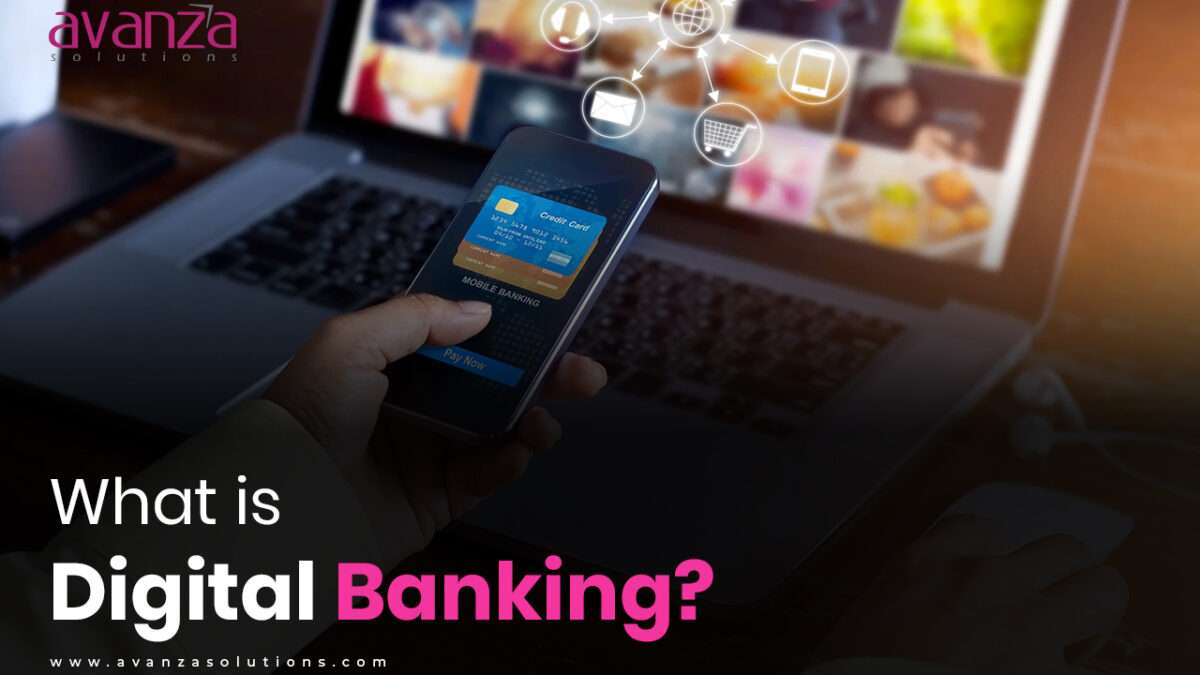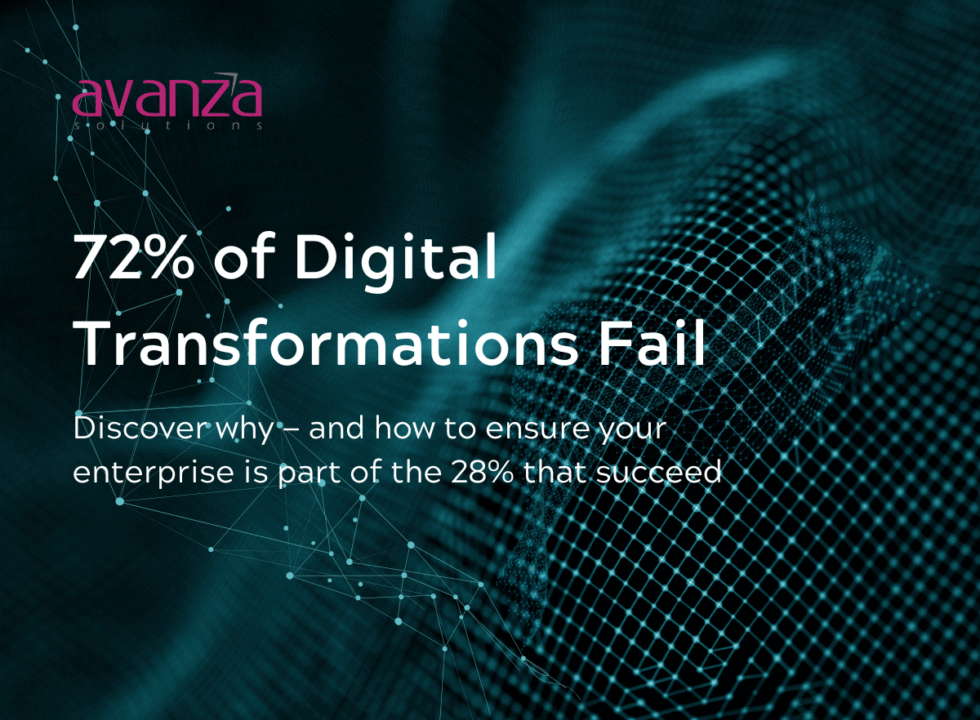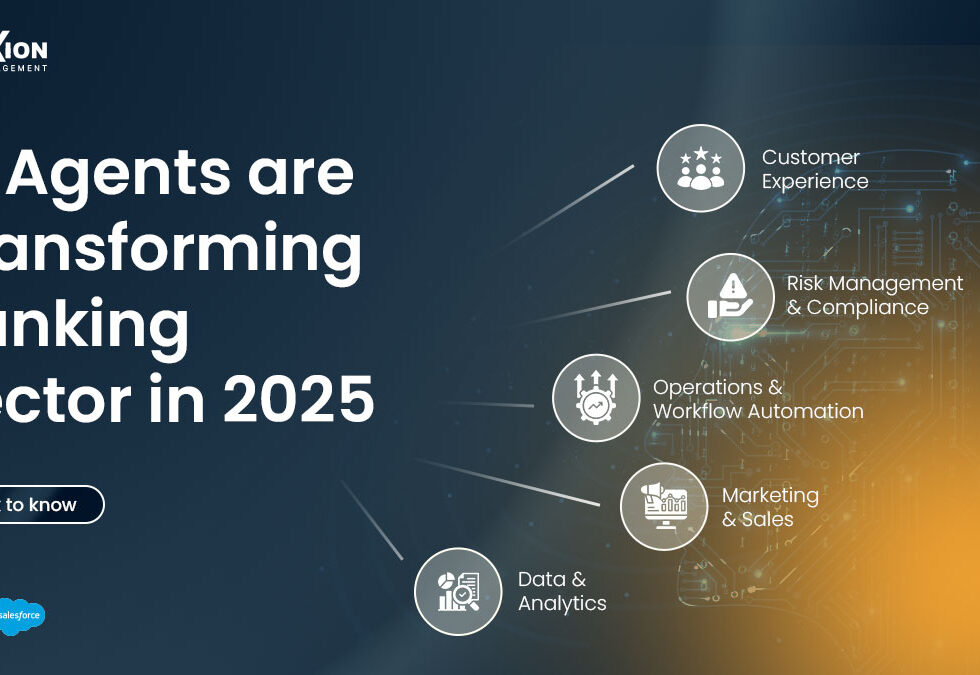
State Bank of Pakistan partners with Avanza Solutions for Resource Augmentation
August 27, 2024
What is Internet Banking?
October 21, 2024Digital banking has been making a significant impact globally on companies' and organizations' customers and financial services. Digital banking is an umbrella term for a range of electronic banking services, ranging from branch banking to branchless banking. With unlimited services offered digitally, financial service institutions are on the verge of digitalizing their banking experience and bringing forth innovations and promising technologies to enhance and smoothen digital banking services.
But what is a digital bank, and is digital banking a service?
A digital bank is a virtual bank that provides its services exclusively through digital channels, such as online or mobile apps. Due to digital banks, the customers do not need to visit physical bank branches to use their banking services. However, traditional banks have not fully migrated their core banking system to be totally digital; instead, they've upgraded their banking with layers of top-notch technology. The digital banking system has banking cards, Mobile wallets, pre-paid cards, and internet banking.
Why should one go for digital banking? Is it worth it?
Generally, digital banking systems designed nowadays make it simple for any customer to use online banking services without difficulty, improving their perception of the digital banking institution—the effect of online banking services on commercial banks' financial performance. Digital platforms have altered how commercial banks interact with their clients and how workers do everyday business efficiently. Moreover, the online banking system is essential to a modern financial system, and banks perform a critical role in society while they have to be safe. Both economic upswings and downturns should allow banks to continue lending money to customers and companies.
A digital banking system allows users to access specialized money management services and loan applications more quickly. Digital banks also collect data of customers who usually utilize their provided services, depicting that the banking sectors will operate more digitally in the future.
Digital banking platform has made banking accessible online and easy. Through Digital banking, customers may now utilize an electronic payment system that includes transactions or even transfers from their smartphone, desktop, or other digital devices with only the touch of a button. The following procedures and activities include the most typical digital banking services:
- Digital onboarding
- Reviewing paper statements
- Withdrawal papers
- Getting bank statements
- Management of checking and savings accounts
- The opening of a deposit account
- Managing loan
- Payment of bills
- Payment management
- Tracking of transaction records
- Make online checks deposits
- Security and privacy issues
All these unique systems and functions offered by digital banking services are accessible 24/7 on smartphones, PCs, and other suitable intelligent devices. Customers do not need to visit a bank office to use these services. All the virtual banks provide these services by ensuring enhanced security measures; moreover, banks often deploy encryption technology to secure all customer data and prevent security breaches. Ultimately, protecting the consumers against online scams, frauds, and account hijacking.
One might think about the difference between online banking and digital banking, or are they the same?
Digital and online banking could be used interchangeably, as they really have distinct meanings. All financial operations performed using technology fall under the category of digital banking. The everyday banking activities carried out via internet-enabled devices are known as online banking, a subset of digital banking. Internet banking has raised the standard of services by making it convenient for customers to do transactions at any time of the day. Internet banking service's primary goal is to offer consumers cost-effective, efficient, and significantly faster services.
Digital banking has made banking so easy that customers may view account balances, pay bills, transfer money, apply for loans, and make purchases while on the go. These banking services allow users to access, utilize, and move money via mobile devices to make online payments without visiting a branch.
For banking institutions, digital banking has several advantages, including:
Digital Banking is Always Available for Businesses
By managing their finances online, users can access their accounts anytime, anywhere they have an internet connection, without worrying about standing in large lines at a bank branch.
1. A better online experience
In addition to its ease, internet banking typically offers several features that are superior to those offered by high street banks, such as:
- Transaction processing speed: Online banking platforms generally carry out and complete transactions more quickly.
- Budgeting Tools: Several online banking platforms provide or are interoperable with budgeting tools to assist in managing cashflows and expenditures.
- Text Alerts: If you're going to be overdrawn or don't have enough money on hand to cover an upcoming expense, your digital banking app can send you reminders.
2. Cloud-based Services:
Digital banking also utilizes cloud platforms so companies or businesses can offer all their online software and services. With cloud computing, digital marketing is much more successful. Since enterprises may opt to have their data replicated throughout the world to boost access and give a backup of all information, this productivity will increase access to their services. In order to manage cloud-based core banking processes and banking sectors without specific physical servers, banking infrastructure must be deployed (and managed).
3. Increased individualization
Artificial intelligence (AI) and machine learning-based (ML) personalization are made possible by digital banking software. At the appropriate moment, banks may provide consumers with relevant financial solutions, interactive tools, and instructional materials.
4. Multiple Layers of Security Will Keep Your Money Safe
Online banking services often have many security measures in place to prevent scammers from stealing your funds and, at the least, a two-step sign-in procedure, which can include:
-
- A login and password
- A captcha (a phrase or image generated at random that you must repeat or choose to demonstrate that you are not a robot)
- A pin code to open your mobile banking application
- A memory card security gadget that prompts you to input a one-time code online
- A service that sends you a one-time password through text message
- Your response to a security query
We can easily assume that digital banking has a bright future. The whole banking sector is changing due to millennials' growing need for a digital banking experience. There is a growing demand for customers for financial services through digital platforms, which has sparked a boom in innovative banking systems redefining the banking sector.
Digital banking is the next innovation, and it is the revolutionary advancement that'd create virtual banks and would grant consumers to modify their conventional banking experience through paperless communication, e-infrastructure, and different modes of communication.






